Spinal Cord Stimulation
Spinal cord stimulation (SCS) is an innovative and effective treatment option for many chronic pain sufferers. Its main use is for neuropathic pain, including peripheral neuropathy, diabetic neuropathy, post-laminectomy syndrome (ongoing pain after back surgery), and complex regional pain syndrome (CRPS). SCS is an implantable device which transmits mild electrical impulses to affected spinal cord nerves.
(article continues below the video)
(continued article text)
Neuropathic pain occurs when there is an injury to the central nervous system (spinal cord) or peripheral nervous system (nerves located outside the spinal column). Disease of these areas also causes neuropathic pain. Neuropathic pain symptoms can cause stabbing, pricking, and sharp pain in the lower or upper extremities. Something as simple as a light touch against the skin can cause severe pain and intense pain beyond what is considered “normal.”
SCS relieves pain through an implanted device that transmits mild electrical impulses to the spinal cord. The stimulation blunts pain by replacing it with a more pleasant feeling called paresthesia. Paresthesias are often described as “pleasant tingling.”
Before an SCS is implanted permanently, it is first introduced on a trial basis to determine if it provides effective pain relief. The SCS trial is necessary and is performed on an outpatient basis in the office. After anesthetizing the area, one or more thin, soft leads are placed in the epidural space next to the spinal cord using a thin needle. These leads are then connected to a portable, external generator. Mild electrical pulses are programmed to replace pain with a pleasant paresthesia. The trial procedure takes approximately 30 to 45 minutes and is followed by a short period of observation in the office.
(article continues below the video)
(continued article text)
The trial period ranges from a few days to one week. The trial allows one to determine how effectively the stimulation decreases your pain while you perform your daily activities. If your trial succeeds, a permanent SCS can be implanted later. The procedure to implant the long-term device is performed by a surgeon on an outpatient basis and usually takes only two hours.
A magnetic remote control, which allows you to turn the current on and off, gives you complete control of your SCS. You can immediately adjust the intensity to respond to changes in the location or severity of your pain. SCS is a portable system that allows you to perform most normal activities of daily living including but not limited to prolonged walking, swimming, and biking. SCS also allows one to reduce or eliminate pain medication usage. If treatment is no longer required, the implanted SCS parts can easily be removed. Thus, it is a reversible system.
Many clinical research studies have demonstrated the effectiveness of SCS therapy. Most of these studies reveal that 80 to 90 percent of patients with an SCS system reported a 50 to 75 percent overall reduction of their pain. Most important, patients report a significant increase in their functional ability to enjoy normal activities of daily living including improved emotional and physical well-being.
Tania Faruque MD is the medical director of Palomar Spine & Pain, in Escondido, CA (North San Diego County).
